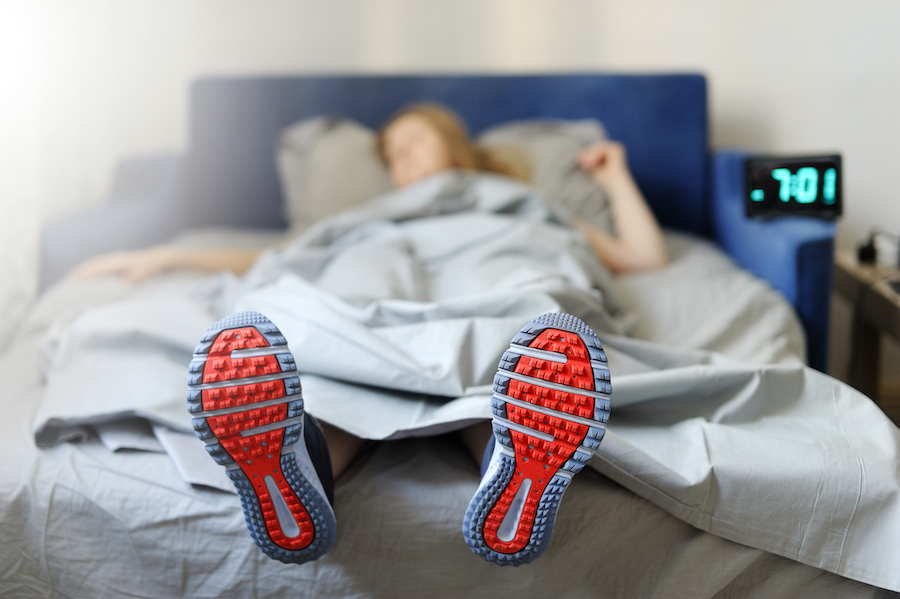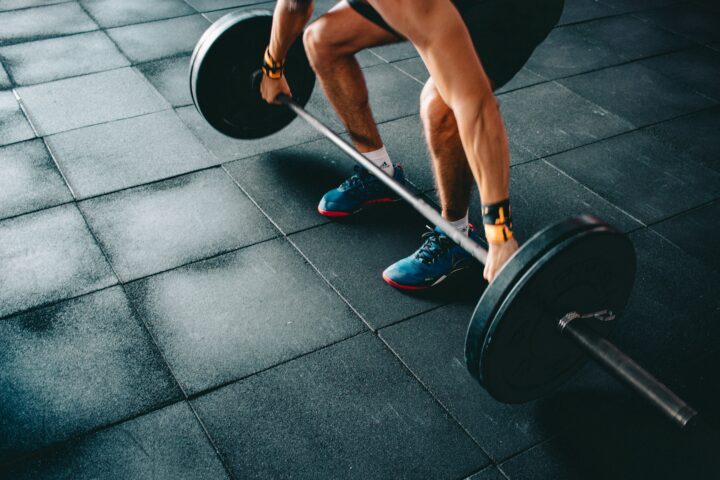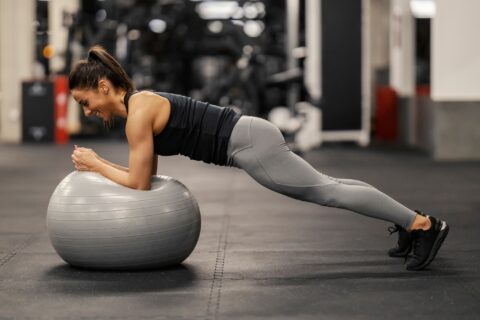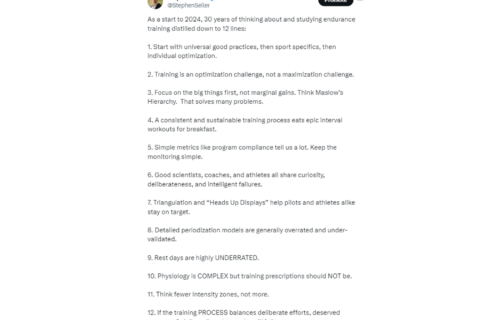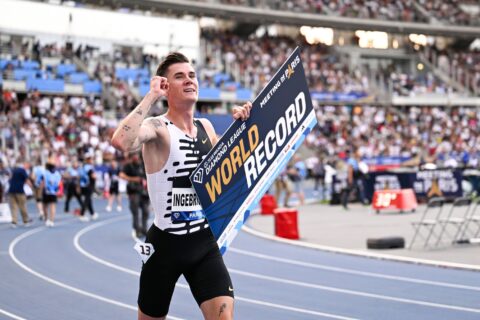The semi-annual time change can often wreak havoc with our sleep and training. Find out how to mitigate its impact and use it to your advantage.
The semi-annual time change can often wreak havoc with our sleep and training. Find out how to mitigate its impact and use it to your advantage.
